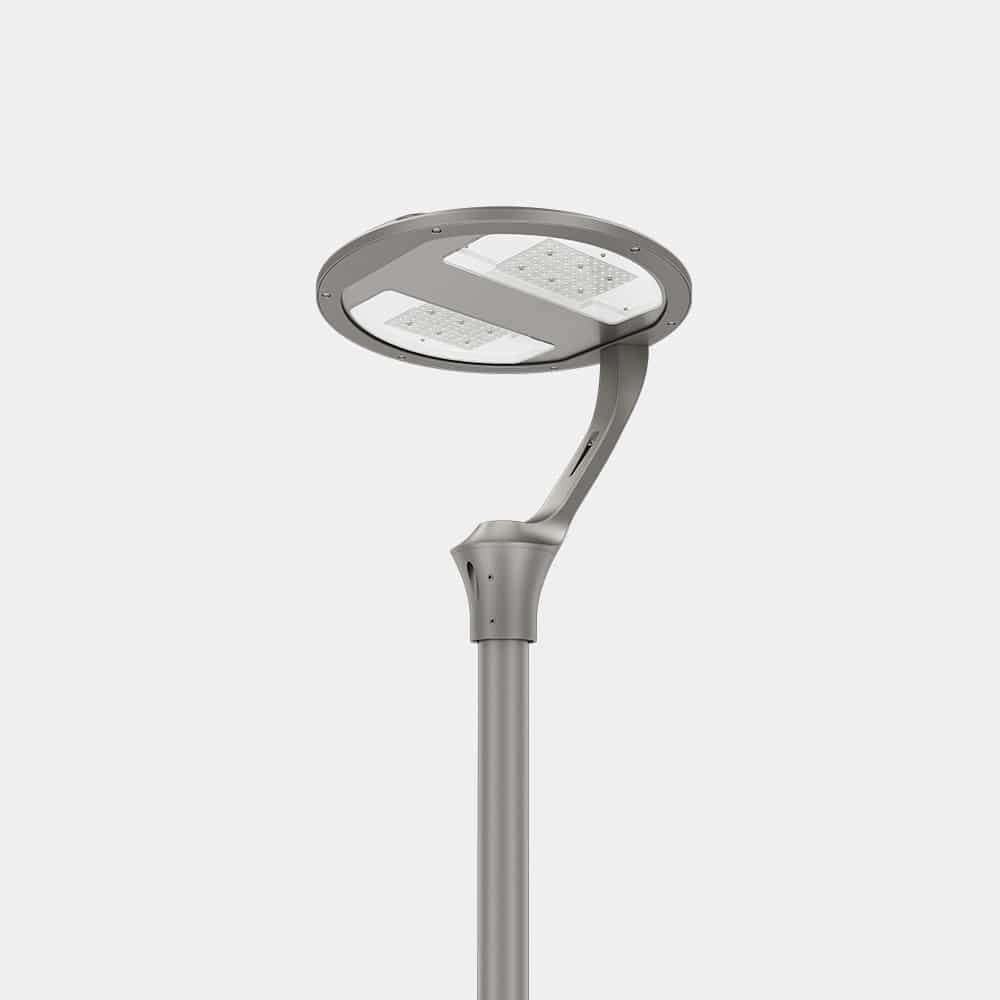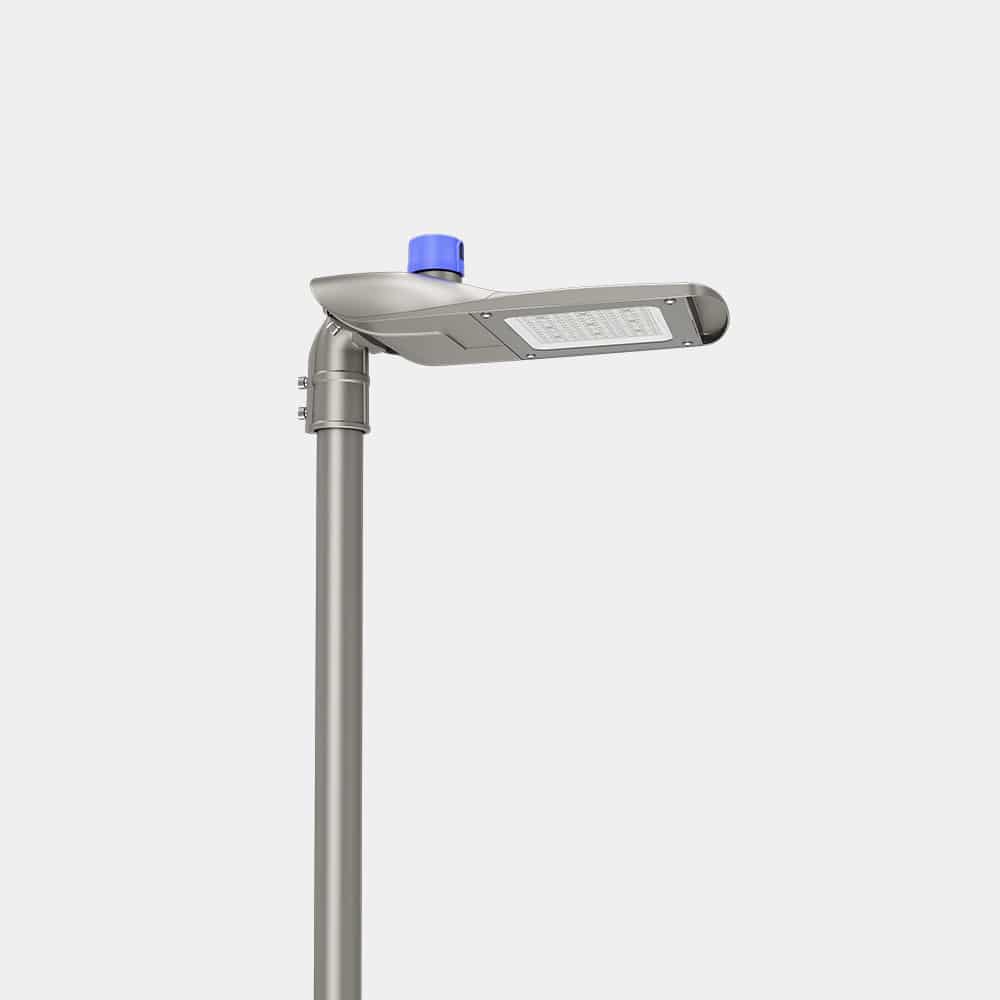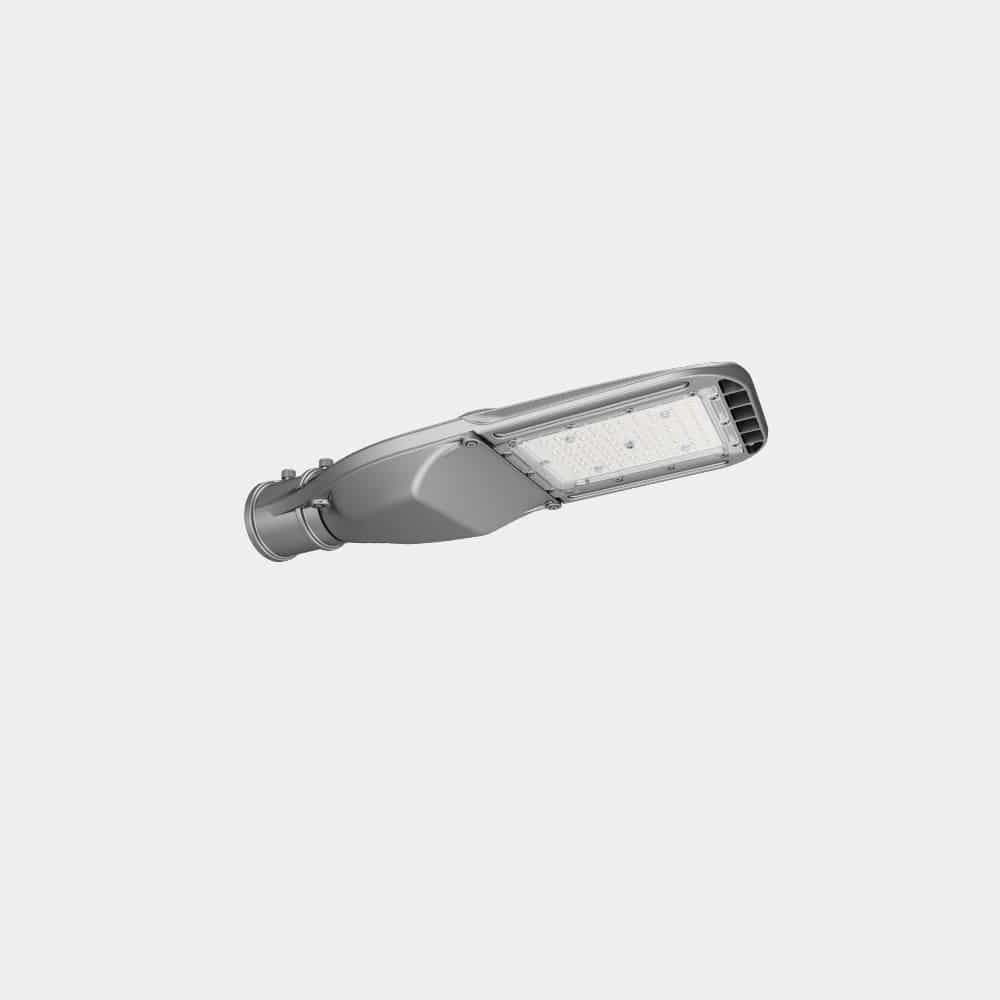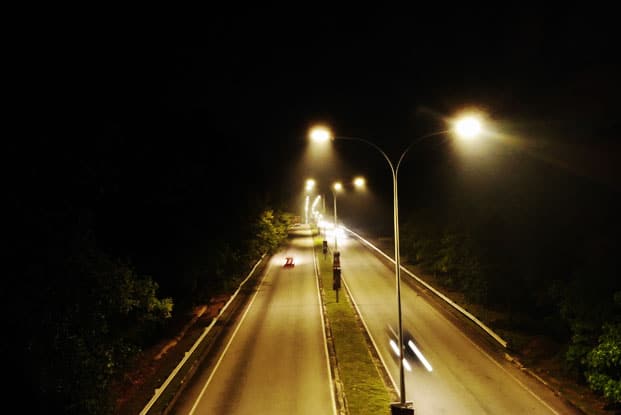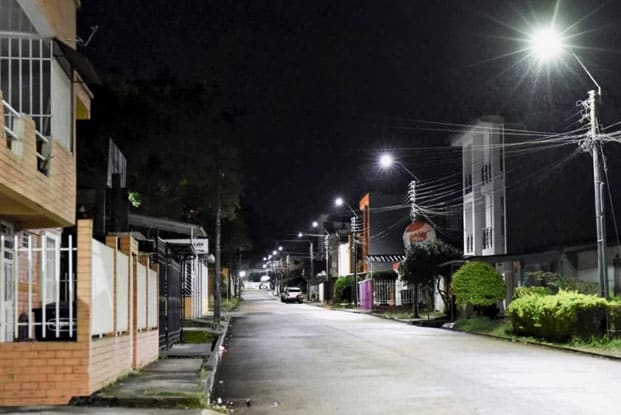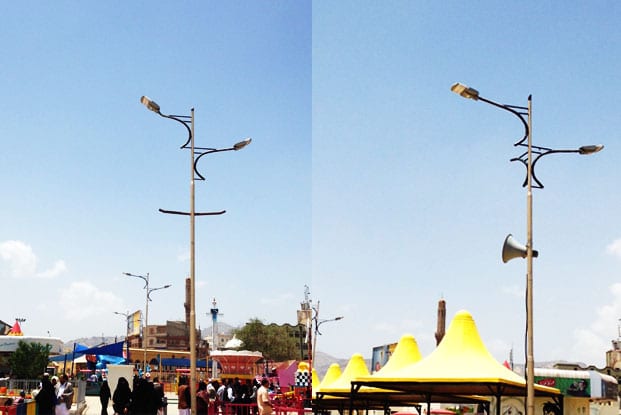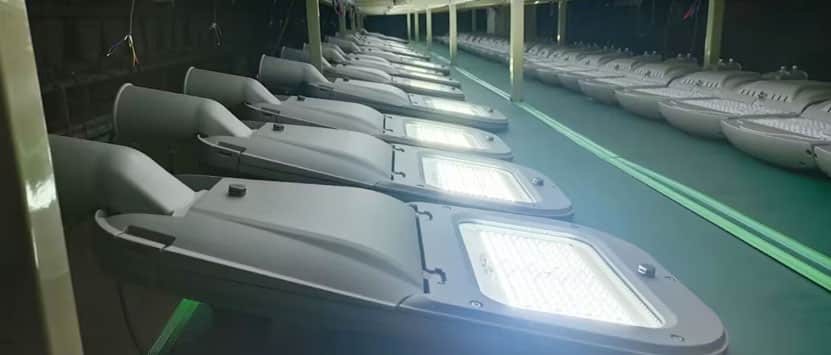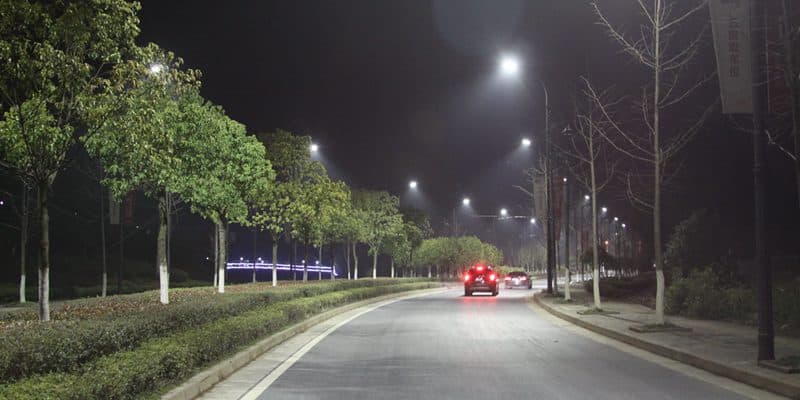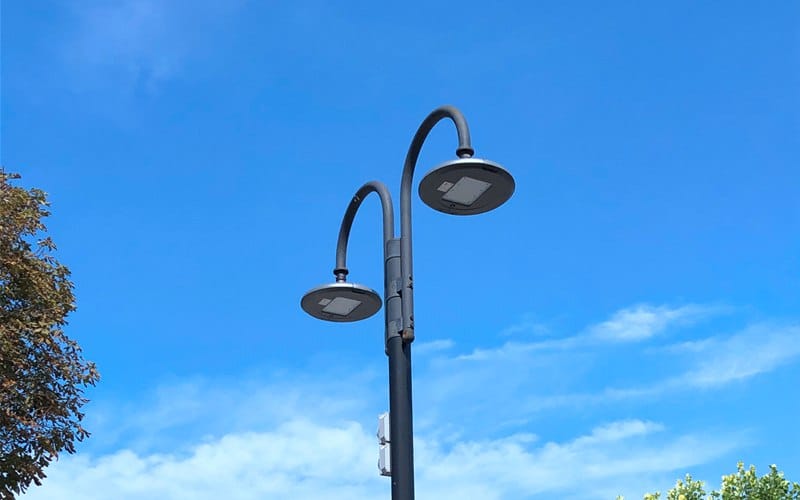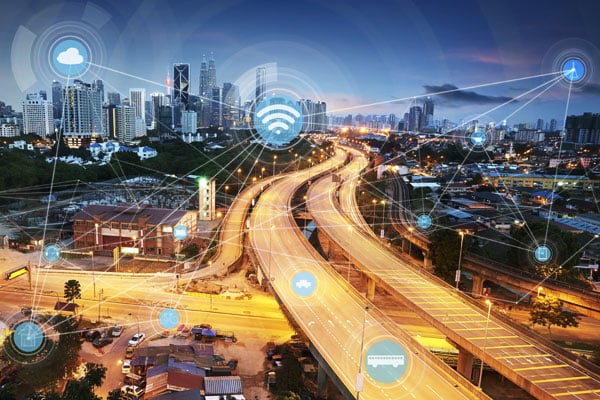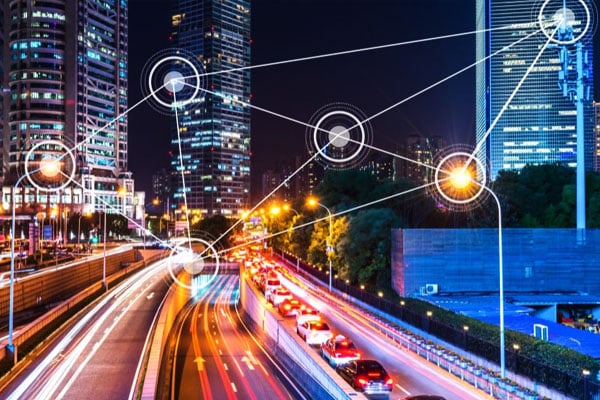
smart street lights in a park in Slovakia
The K series LED Smart Street Lights replacing the traditional street lamp project in a park in Slovakia will be completed in 2020. The whole project uses 110pcs LED smart street lamps with NEMA socket, which are installed on the 6-meter high pole and use Zigbee intelligent control system. This is an excellent smart city street light that achieves ultimate energy saving and intelligent control.
Products Used
Video
Client Feedback In This Project

The Problem
- Old street lamps have been unable to meet the lighting requirements, dim lights not only can not illuminate the road in the park but also have safety risks.
- The old street lamp has no intelligent control function, can not realize intelligent control, is inconvenient for management, and also wastes resources.
- Street lamps used in parks should not only meet the lighting needs but also be beautiful in appearance. The new street lights with a beautiful appearance are needed to replace the old street lamps at a time.
The Solutions
Smart street lights are a type of advanced lighting system that uses sensors, wireless communication, and data analytics to optimize lighting efficiency and reduce energy consumption. Managers can adjust the brightness of these fixtures and switch them on and off(built-in photocell on NEMA socket) based on the presence or absence of people, vehicles or ambient light. As a key component of smart cities, smart street lights not only improve public safety and save energy costs, but also achieve more humanistic lighting.
The appearance of the K series Smart Street Lights adopts the classic cobra head design to increase the echo with the landscape. Customers are equipped with Zigbee intelligent control system, convenient staff remote control these lamps, and save maintenance costs. The LED lighting level and the glare design of the lamps make visitors feel comfortable, satisfying the lighting while being more environmentally friendly.
project Details
| Product | Model | CCT/ Optics | Quantity |
| 60w Smart Street Lights | ZGSM-LD55KS | 3000K, type II | 110pcs |

The Result
Smart LED street light will automatically dim when there are fewer people and can be turned on and off at a certain time, saving customers a lot of money on electricity bills. Remote intelligent control is more convenient for employees to manage these street lighting assets. The customer is very satisfied with this smart street lamp include the efficency, lighting distribution and apperance, which not only meets the lighting needs of the park but also adds another scenery to the park with its exquisite appearance.
ZGSM offers comprehensive lighting solutions
For various scenarios including street lighting, urban lighting, highway lighting, parking lot lighting, stadium lighting, sports lighting, factory lighting, warehouse lighting, gas station lighting, and tunnel lighting. Our solutions are designed to provide efficient and reliable illumination, enhancing safety and visibility in these environments.
Related Products
Frequently Asked Questions
We know you might have more questions, so here’s a list of the questions we get asked the most about led Smart Street Lights.
Related Projects
Related Blogs
Contact Us Right Now!
*Your privacy is respected, and all information is secure.






